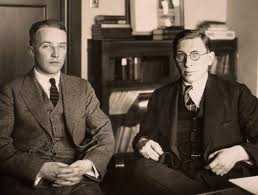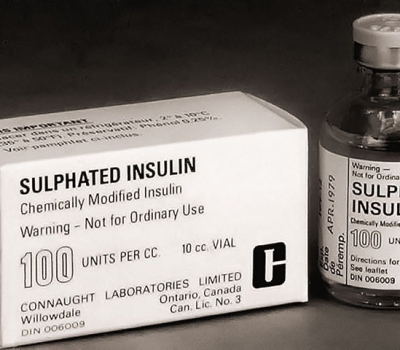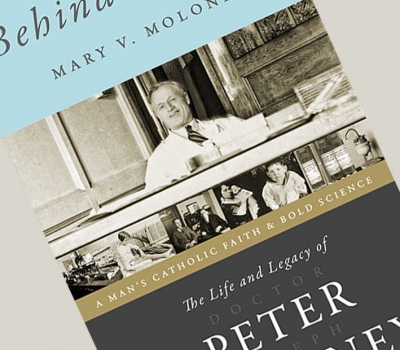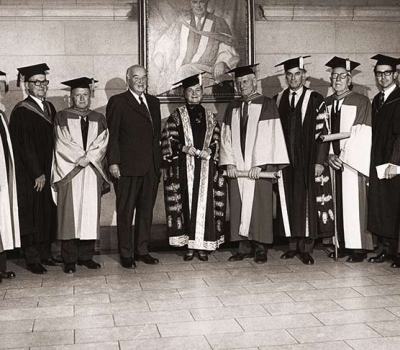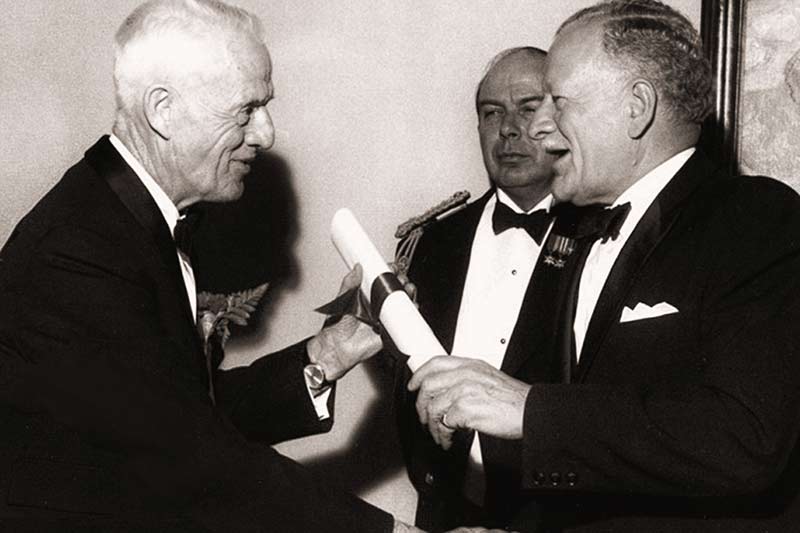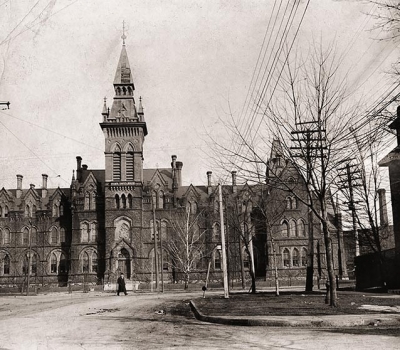This article is an example of the typical web-blog on the topic of Insulin research and discovery which lives in the public sphere and consciousness.
Diabetes has been recognized as a distinct medical condition for more than 3,000 years, but its exact cause was a mystery until the 20th century. By the early 1920s, many researchers strongly suspected that diabetes was caused by a malfunction in the digestive system related to the pancreas a small organ that sits below the liver.
At that time, the only way to treat the fatal disease was through a diet low in carbohydrates and sugar and high in fat and protein. Instead of dying shortly after diagnosis, this diet allowed diabetics to live--for about a year.
But for the work of Banting and Bunting, a diagnosis of diabetes would have remained a death sentence followed by an uncomfortable year on "death row" and ending in a painful death.
The breakthrough came on this day at the University of Toronto in the summer of 1921, when Canadians Frederick Banting and Charles Best successfully isolated insulin from canine test subjects, produced diabetic symptoms in the animals, and then began a program of insulin injections that returned the dogs to normal condition. On November 14, the discovery was announced to the world.
Banting died in a plane crash in 1941. His house is now the Banting Museum and Education Centre, where a flame of hope burns from a huge five ton granite ball. The day a cure for diabetes is found, the flame will be extinguished.
Two months later, with the support of J.J.R. MacLeod of the University of Toronto, the two scientists began preparations for an insulin treatment of a human subject. Enlisting the aid of biochemist J.B. Collip, they were able to extract a reasonably pure extract of insulin from the pancreases of cattle from slaughterhouses.
Before the discovery of insulin in 1921, juvenile diabetes was a dreaded and deadly disease. Made available in mid May 1922, insulin, a means of controlling this more serious form of diabetes, had to be injected by syringe on a daily basis. While not a cure, insulin has saved the lives of millions worldwide. Banting did not take out a patent on insulin but assigned the rights to the University of Toronto. [Connaught Laboratories]
On January 23, 1922, they began treating 14-year-old Leonard Thompson with the first purified preparation of insulin for human use, by injection. The diabetic teenager improved dramatically, and the University of Toronto immediately gave pharmaceutical companies license to produce insulin, free of royalties.
By 1923, insulin had become widely available, and Banting and Macleod were awarded the Nobel Prize in medicine. Banting shared his prize money with his young assistant Charles Best. MacLeod shared his money with biochemist J.B. Collip.

